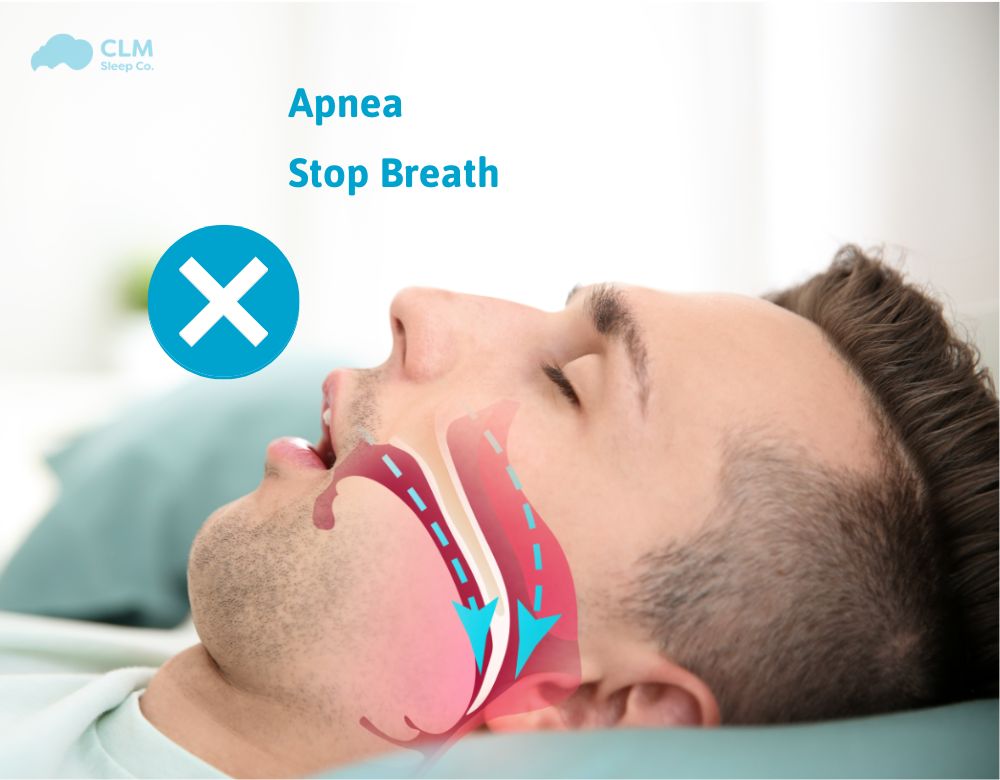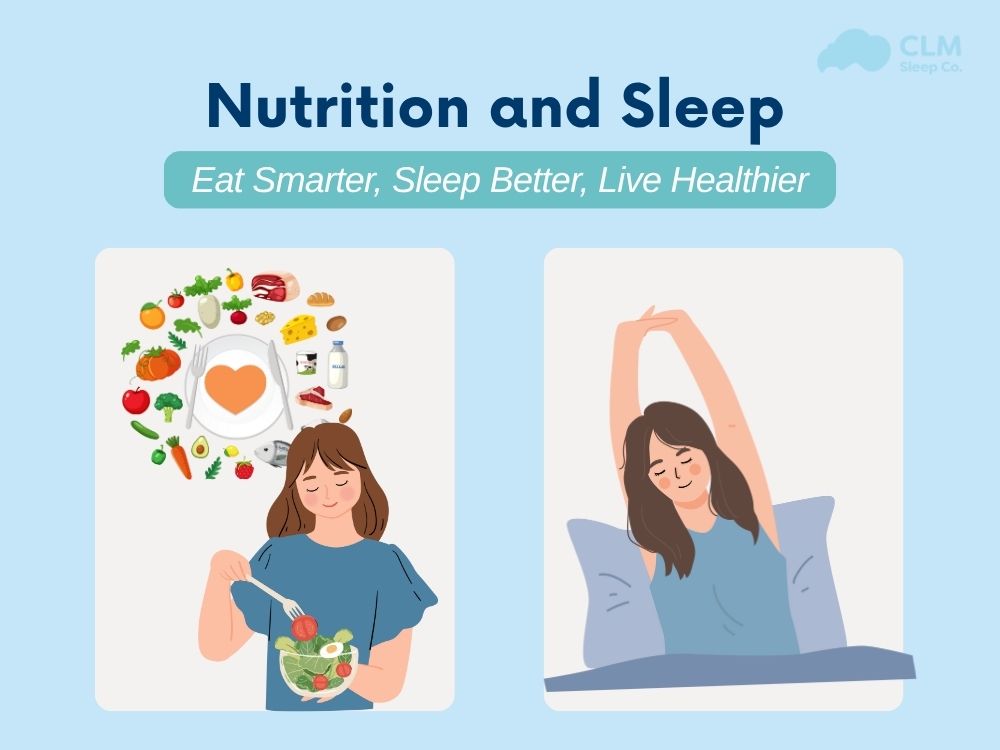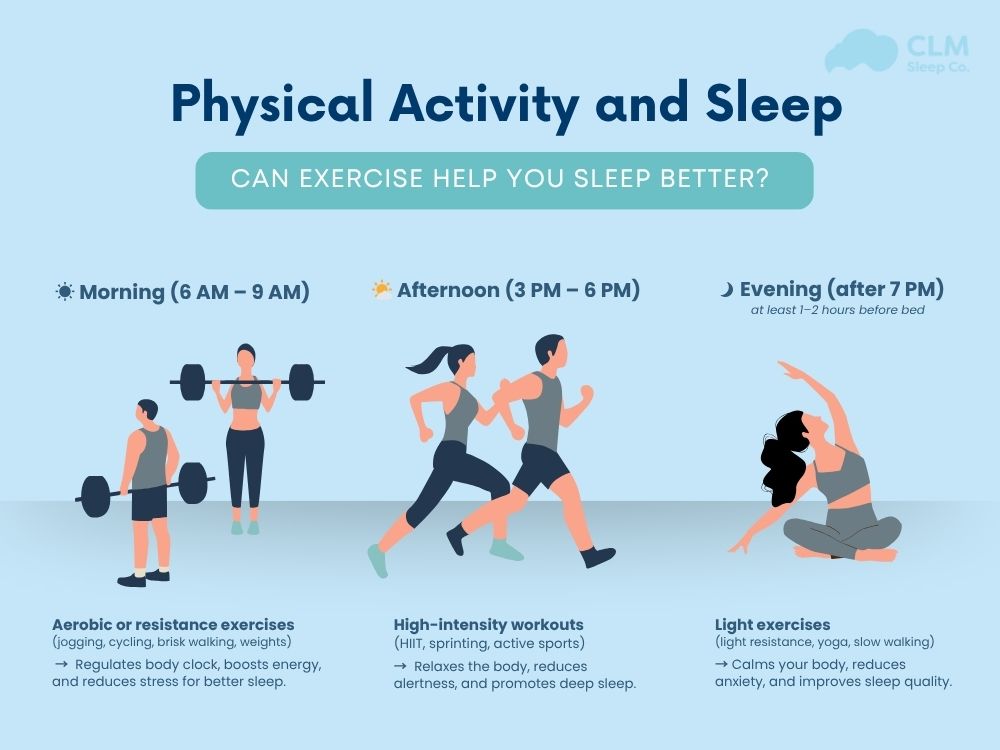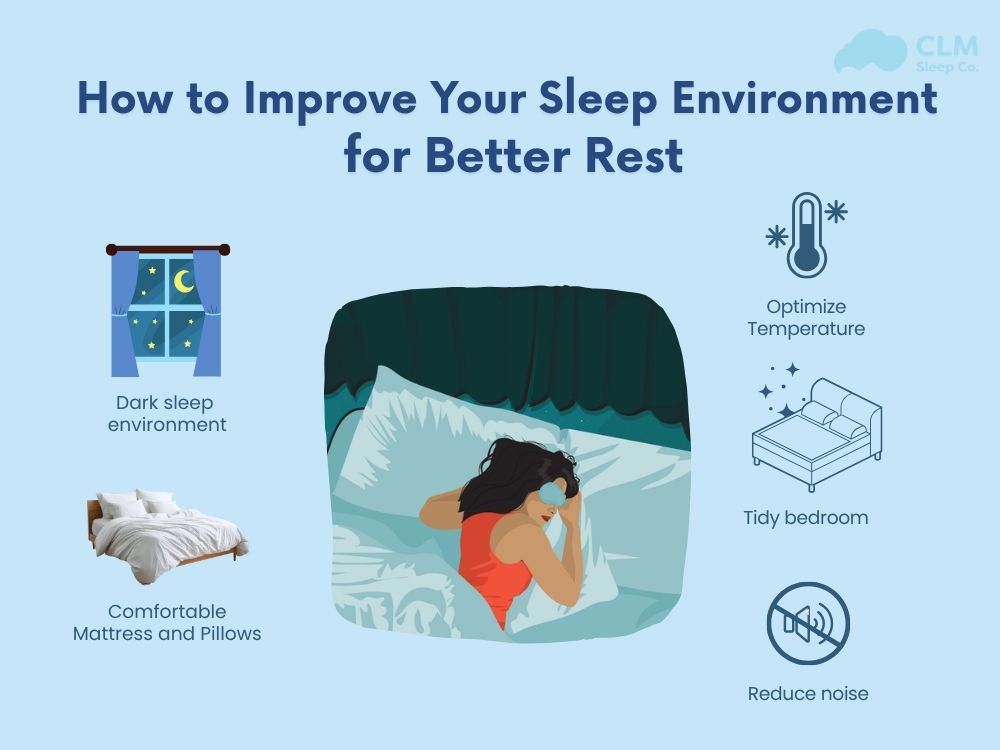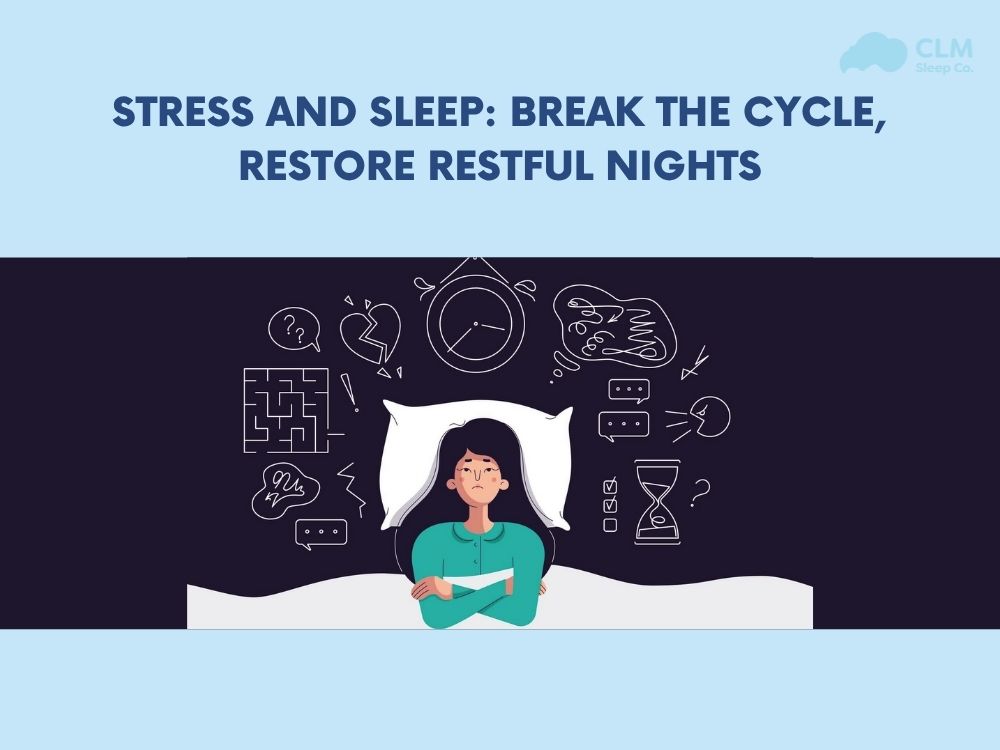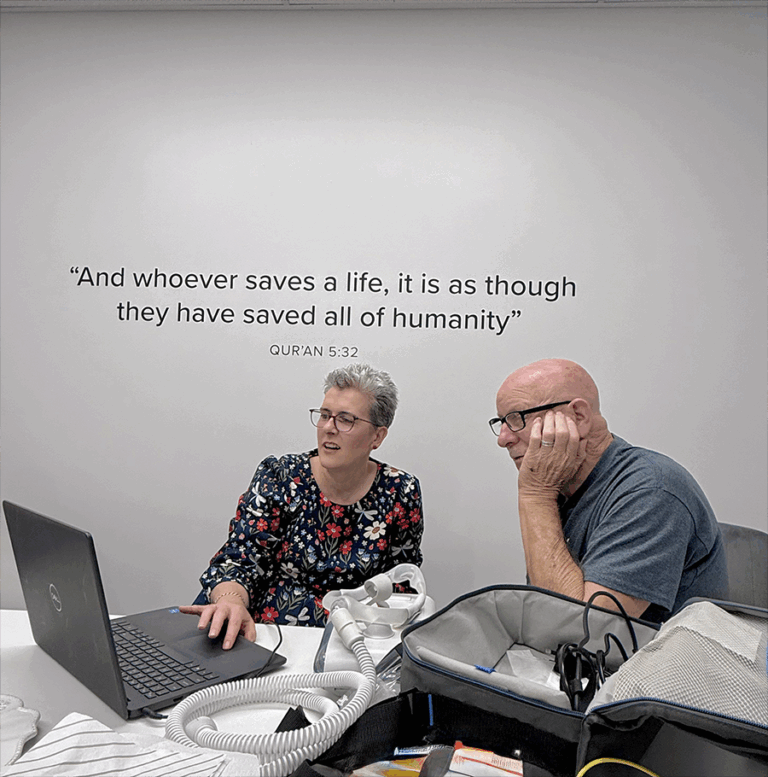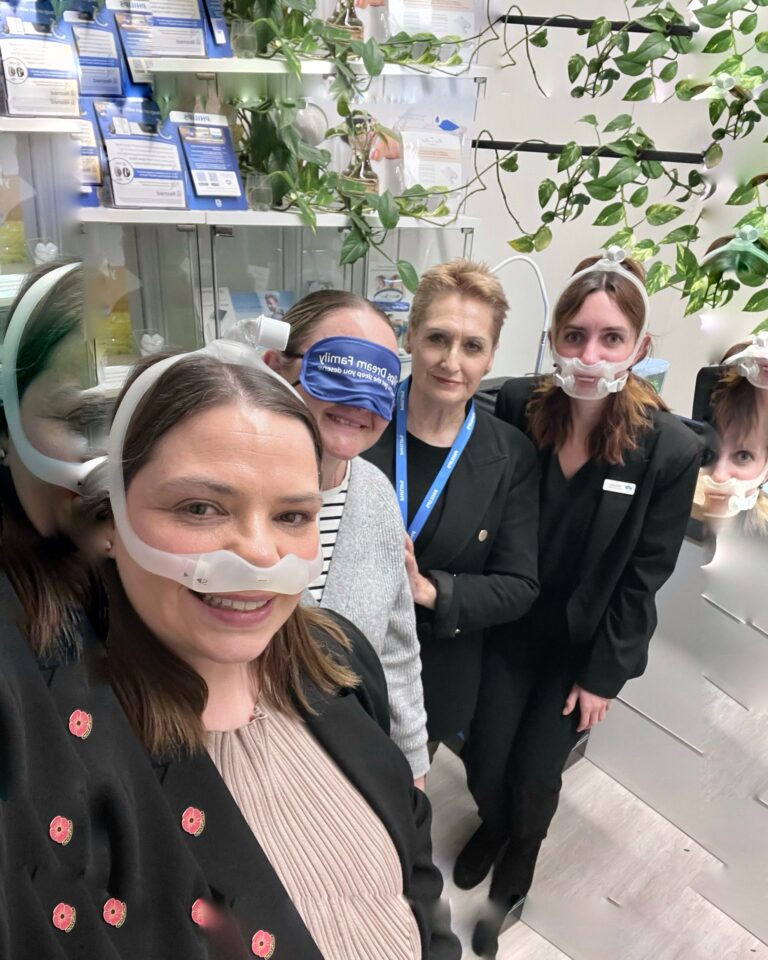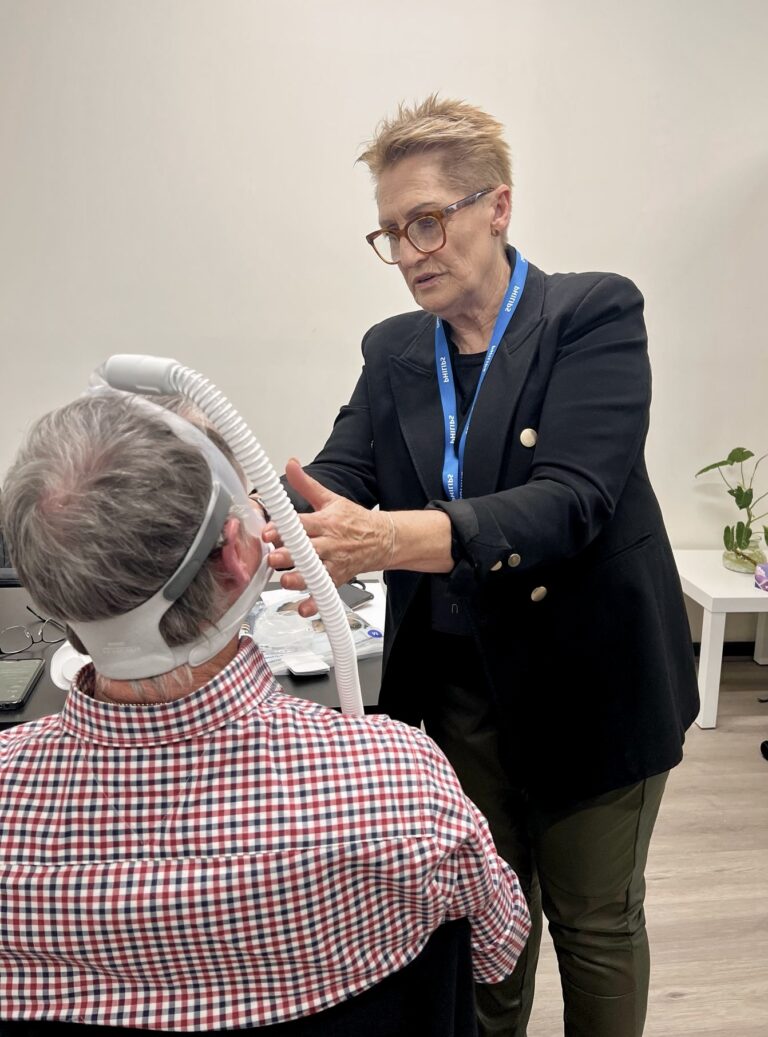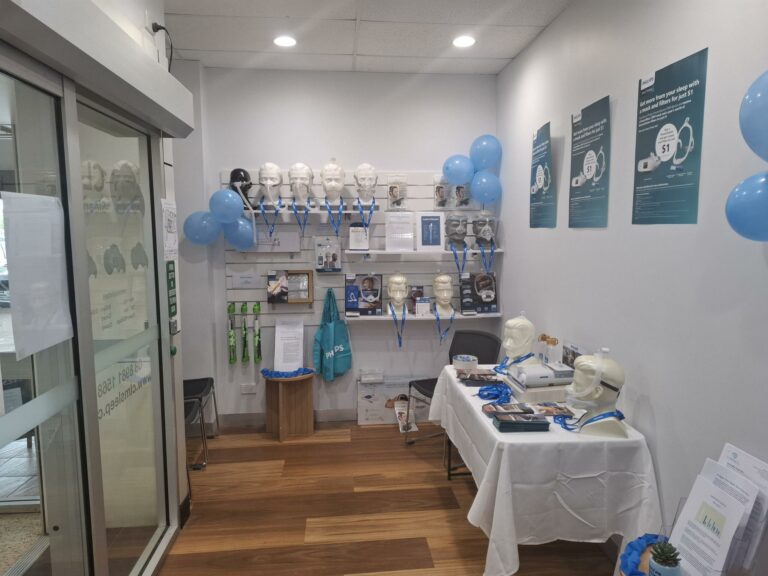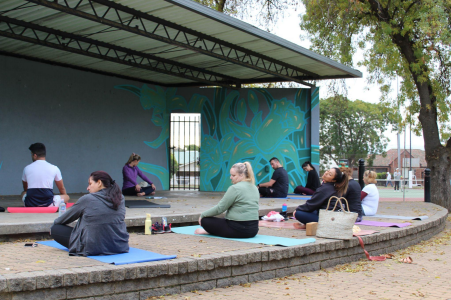Apnea, meaning “stop breath,” refers to a temporary cessation of breathing. This condition can occur in various situations, from sleep disturbances to medical emergencies, and affects people of all ages, including infants. CLM Sleep will provide complete information about the different types of apnea, their causes, symptoms, potential complications, and available treatments to help you recognize and address this condition effectively.
What Is Apnea?
Apnea (apnoea) is a temporary cessation of breathing, occurring suddenly and without warning, lasting about 20 seconds or longer in full-term infants. During the process of apnea, the lung volume remains unchanged, and there is no movement of the inhalation muscles. Apnoea is the commonly used term for sleep apnea, but it can also be used to describe other conditions that cause interrupted breathing. explore the different types of apnea, their causes, symptoms, potential complications, and available treatments to help you recognize and address this condition effectively.
See more: Understanding Sleep Disordered Breathing
Types of Apnoea
You may encounter cases of passive apnea or active apnea, also known as breath-holding. Below are some types of apnoea:
Sleep apnea (most common) is a condition in which breathing stops for a few seconds or longer while sleeping. It includes:
- Obstructive Sleep Apnea (OSA): caused by a physical blockage of the airway
- Central Sleep Apnea (CSA): caused by the brain failing to send proper signals to control breathing
- Complex Sleep Apnea: a combination of both OSA and CSA
Voluntary Apnea: Intentionally hold breath in necessary situations such as when swimming or free diving.
Reflex Apnea: A sudden and involuntary stop in breathing triggered by certain stimuli, such as being submerged in cold water or inhaling irritating gasses.
Central Apnea (outside of sleep): A condition where breathing stops because the brain’s respiratory centers fail to signal the muscles responsible for breathing, occurring while awake.
Apnoea of Prematurity (AOP): Occurs in premature newborns whose respiratory systems are not fully developed, leading to temporary pauses in breathing.
See more: 03 Types Of Sleep Apnea
What Causes Apnea?
Through the “apnea meaning”, you can identify some causes:
- Neurological – Central
- Neuromuscular Disorders
- Airway Obstruction
- Cardiac Causes
- Medications & Substances
- Metabolic Imbalance
- Developmental Immaturity
- Reflex-Induced Apnea
- Voluntary Breath Holding
Below is a detailed table of the causes of apnea
| Cause Group | Specific Causes | Underlying Mechanism | Effect on Apnea |
| Neurological – Central | – Central Sleep Apnoea (CSA) – Central Apnoea while awake – Brain injuries, strokes | The brain fails to send signals to the respiratory muscles (respiratory center is impaired) | Breathing stops due to loss of automatic control, occurs during or outside of sleep |
| Neuromuscular Disorders | ALS, muscular dystrophy, myasthenia gravis | Respiratory muscles become weak or non-functional due to nerve/muscle dysfunction | Weak breathing, increased risk of apnea, especially if diaphragm or chest muscles are affected |
| Airway Obstruction | – Obstructive Sleep Apnoea (OSA) – Choking on food/toys – Swelling/inflammation | Physical blockage of the upper airway that prevents airflow | Interrupted airflow, causing partial or complete apnea during sleep or while awake |
| Cardiac Causes | Cardiac arrest | Heart stops pumping → no circulation of oxygenated blood to lungs and brain | Secondary apnoea due to loss of blood flow and oxygen delivery |
| Medications & Substances | – Opioids – Anesthetics – CNS depressants | Suppress the brain’s respiratory center and reduce signal output to breathing muscles | Slow, shallow, or stopped breathing depending on dose |
| Metabolic Imbalance | Metabolic alkalosis | Alters sensitivity of the respiratory center to CO₂ and O₂ levels | Disrupted breathing patterns, potential apnea if severe |
| Developmental Immaturity | Apnea of Prematurity (AOP) | Underdeveloped brainstem and immature control of respiratory rhythm in premature newborns | Irregular breathing or pauses due to unstable neurological signaling |
| Reflex-Induced Apnea | Reflex apnea (e.g., cold water, irritant gases) | Sudden external stimulus triggers an involuntary breathing pause | Short-term apnea, typically recovers once stimulus is removed |
| Voluntary Breath Holding | Voluntary apnoea during swimming, diving, training | Person intentionally holds their breath | Generally safe in short bursts. Can lead to hypoxia if prolonged. |
Symptoms of apnea
Symptoms of apnoea can also vary but may include:
- Difficulty breathing
- Gasping for air
- Dizziness
- Fatigue
- Sleep disturbances
See more: Sleep apnea symptoms
How Is Apnea Diagnosed?
The diagnosis of apnea typically involves a medical evaluation and may include tests such as:
- Pulmonary function tests
- Sleep studies
- Imaging tests
During the diagnosis, the doctor will perform a number of methods, such as:
- Using Apnea Monitors: Devices used, especially in hospitals or at home for infants, to detect pauses in breathing.
- Blood Gas Analysis: Measuring levels of oxygen and carbon dioxide in the blood to assess respiratory function.
- Clinical Evaluation: Includes assessing reflexes and responses, checking for underlying causes such as neurological or metabolic issues.
Sleep apnea Diagnosed
Sleep apnea (Sleep apnoea) is the most commonly diagnosed condition when you experience “apnea,” particularly during sleep. If you notice that you only experience apnea while sleeping, along with symptoms such as loud snoring, fatigue, and daytime sleepiness, then you should undergo a sleep study rather than other tests to save time and money.
A sleep study is conducted in a simple way and typically involves two common methods:
- Home Sleep Study: Quick, easy, cost-effective
- Lab Sleep Study: Easy, efficient, accurate
How Is Apnea Treated?
To effectively treat and manage sleep apnoea, it is essential to understand the causes. Below are some common treatment methods for sleep apnea.
- Medication: Prescription medications such as caffeine or theophylline can be prescribed to stimulate respiration, especially in premature infants.
- Surgery: Surgery may be necessary to correct structural issues contributing to sleep apnea.
- Lifestyle changes: Changes such as losing weight, avoiding alcohol, and quitting smoking can help reduce episodes of apnea.
- Respiratory therapy: Treatment methods such as continuous positive airway pressure (CPAP) are commonly used to keep the airways open.
- Emergency measures: In acute situations, techniques such as the Heimlich maneuver for treating choking or cardiopulmonary resuscitation (CPR) for addressing respiratory arrest due to cardiac arrest are crucial.
- Mechanical ventilation: In serious or prolonged cases, mechanical ventilation may be needed to assist with breathing.
Behavioral intervention: Breathing exercises and retraining can be recommended, especially in cases of voluntary apnea or conditions such as breath-holding in children.
Each method will be applied for treatment based on the specific cause and severity of the apnea. At the same time, ensure that the treatment method is both effective and suitable for each patient.
Complications of apnea
Apnea, whether it’s sleep apnea or another type, can lead to a variety of serious health complications. These complications can affect multiple organ systems and significantly impact your overall quality of life.
Common Complications of Apnea:
Cardiovascular Problems
- High blood pressure
- Heart disease
- Stroke
- Arrhythmias (irregular heart rhythms)
- Heart failure
Respiratory Problems
- Pulmonary hypertension (high blood pressure in the lungs)
- Chronic obstructive pulmonary disease (COPD)
Neurological Problems
- Cognitive impairment
- Memory problems
- Mood disorders
- Increased risk of dementia
Metabolic Problems
- Type 2 diabetes
- Obesity
- Other Problems:
- Erectile dysfunction
- Excessive daytime sleepiness
- Poor quality of life
It’s important to note that the severity of complications can vary depending on the type of apnea, its severity, and the individual’s overall health.
Associated Conditions
Sleep apnea
Sleep apnea is a condition characterized by repeated interruptions in breathing during sleep. These interruptions, or apneas, are typically caused by either a physical blockage of the airway (obstructive sleep apnea) or a failure of the brain to signal the muscles to breathe (central sleep apnea). Sleep apnea can lead to poor sleep quality, excessive daytime sleepiness, and increased risk of cardiovascular problems, metabolic issues, and other health complications. Common symptoms include loud snoring, choking or gasping during sleep, and morning headaches.
See more: Can You Have Sleep Apnea Without Snoring?
Hyperventilation
Hyperventilation refers to rapid or deep breathing that exceeds the body’s need for oxygen and reduces carbon dioxide levels in the blood. This condition can lead to symptoms such as dizziness, tingling in the fingers and lips, shortness of breath, and chest pain. Hyperventilation can be caused by anxiety, panic attacks, or certain medical conditions. It is often associated with a feeling of suffocation or inability to catch one’s breath, which can paradoxically lead to voluntary breath-holding or apnoea.
Apneic oxygenation
Apneic oxygenation is a medical method that keeps a patient’s oxygen levels stable when they are briefly unable to breathe. It is administering supplemental oxygen, usually via a nasal cannula, during apnea (lack of breathing) to prevent oxygen desaturation. This approach is especially effective during procedures like intubation, where the airway is temporarily unavailable, allowing for a prolonged safe apnea phase with minimal reductions in blood oxygen levels.
Conclusion
In summary, understanding the apnea definition and its different forms is essential to good health. Awareness of the symptoms, causes, and risk factors can help in early detection and timely intervention, significantly reducing the risks associated with this condition.
